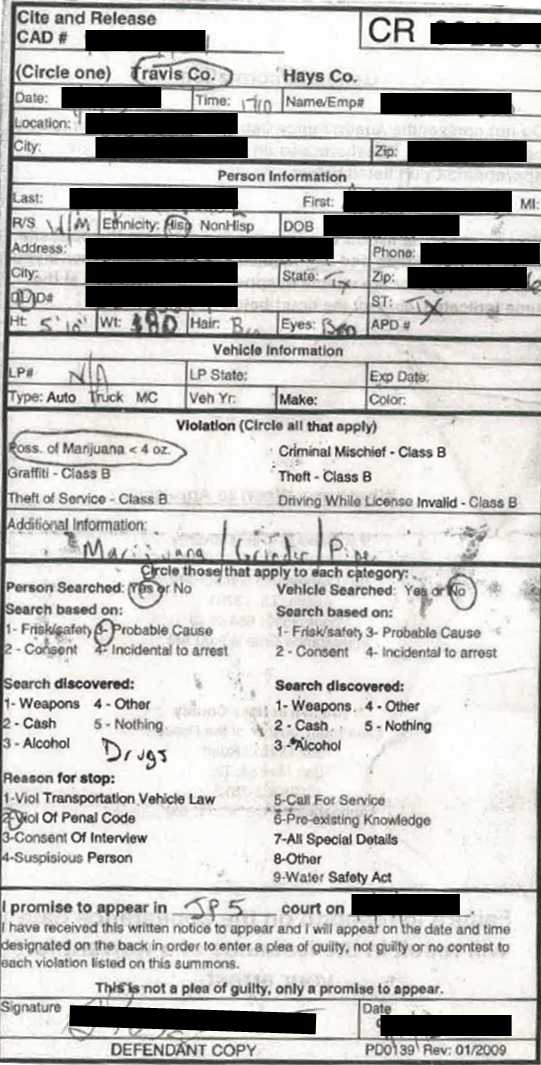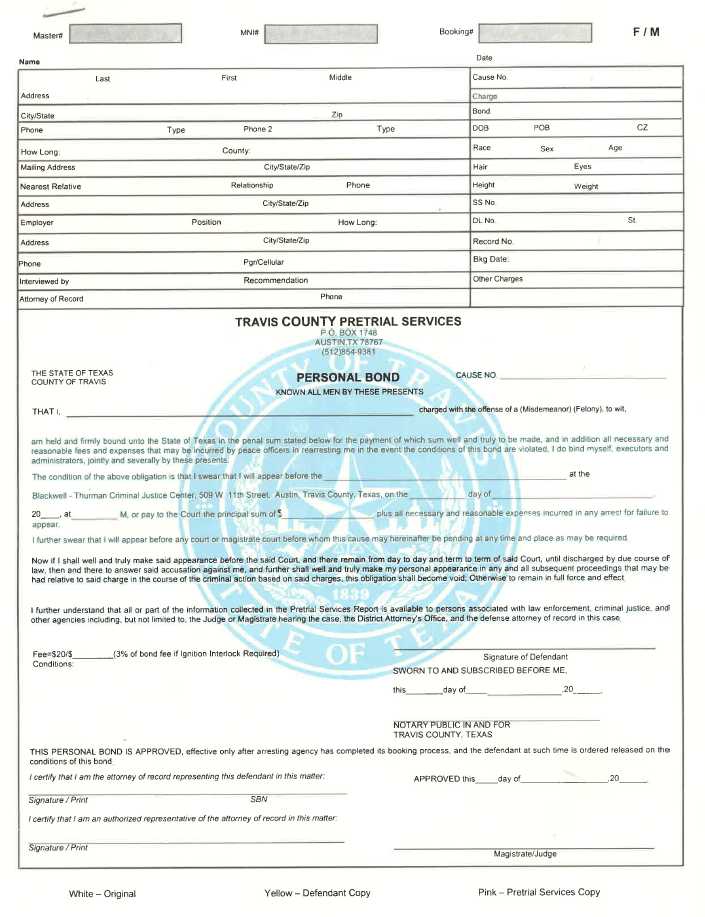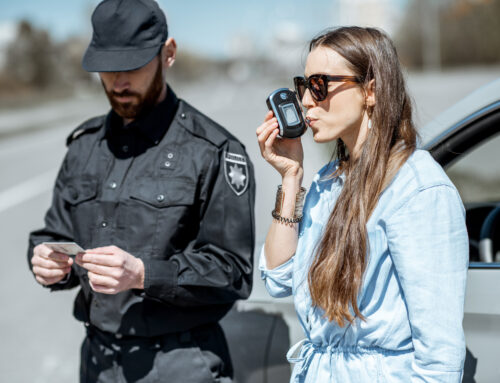So, you received a “ticket” for possession of marijuana, theft, or some other class B misdemeanor. While it’s possible you may have received this in another county, my guess is you got it in Travis County. A recent law allows officers to issue tickets for certain non-violent class B misdemeanors instead of arresting a person on the spot. These are generally referred to as “cite and release” tickets. Travis County is the only county I am aware of that is actually taking advantage of this law.
The bad news is that even if you received the ticket, you’re still charged with a class B misdemeanor. This means the offense is punishable up to six months in jail and a $2,000 fine. Don’t worry, you’re most likely not going to jail (if you were, the officer wouldn’t have given you a cite and release ticket). Here’s what the ticket looks like (it’s usually green):
For most people who receive the ticket they’ve never been in trouble before–that’s why you got a ticket instead of being arrested.
You’ll notice on the bottom of the ticket that you’re probably scheduled to appear in Travis County Justice of the Peace Precinct Five (“JP5”). This is Judge Evans’ court. His court normally hears class C misdemeanors (e.g. traffic tickets) but the county has decided that he will serve as a magistrate judge for cite and release tickets. The purpose of a magistrate is generally to tell people what they are charged with and set a bond amount. In the case of cite and release tickets, Judge Evans will also sign a personal bond. You will not need to bring any money with you to Judge Evans’ court nor will you need to hire a bail bondsman.
Judge Evans’ court is located on the first floor of the Travis County Courthouse. The address is 1000 Guadalupe Street, Suite 112, Austin, Texas. Here’s what the courthouse looks like:

I recommend you arrive at JP5 as early as possible–they open at 8:00 a.m. You won’t be the only one going through the procedure and the earlier you arrive the more likely you are to be first in line when you have to go to the bonding desk (more about that further down). When you first arrive, hand your ticket and photo ID to one of the clerks that work in Judge Evans’ court. They are all extremely nice. You’ll be given a form to fill out with a list of places that you will have to go.
Your next stop is across the courtyard in the tall criminal courthouse which is located directly behind the old courthouse. Here’s what it looks like:
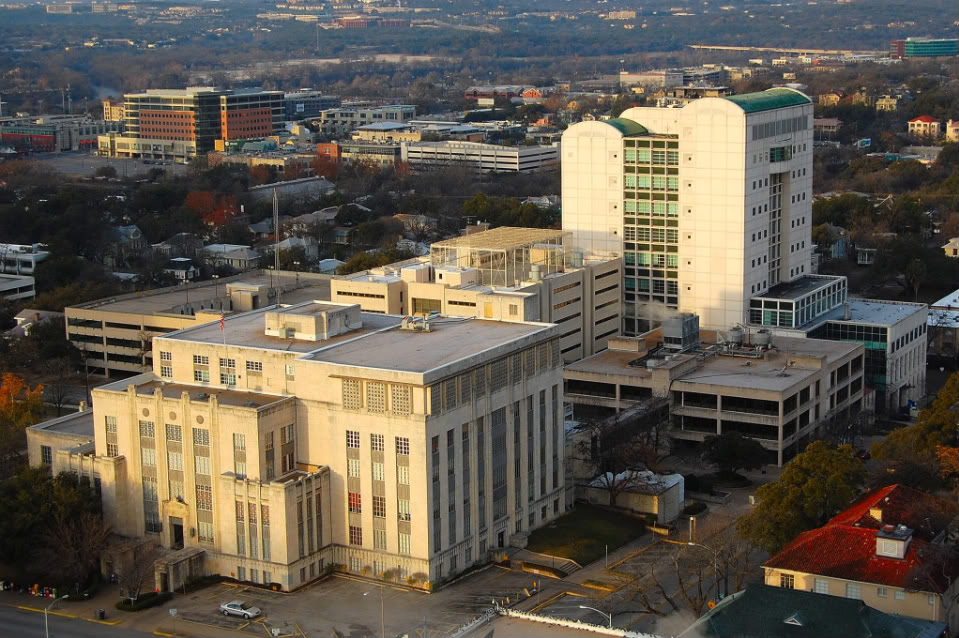
You can see from the picture above where the old civil courthouse (JP5 location) is in relation to the criminal courthouse. At the criminal courthouse (sometimes called the Blackwell-Thurman Criminal Justice Center), go to the Travis County Pretrial Services Office. It’s on the first floor of the criminal courthouse. Here’s what their office looks like (it was close to Halloween when I snapped the picture):

At pretrial services you’ll be assessed for a personal bond. It really just amounts to filling out another form. I’ve yet to hear of anyone not getting a personal bond. Here’s what a personal bond looks like:
You will then take your paperwork from pretrial services back to Judge Evans’ court in JP5. Next you’ll meet with Judge Evans (or a visiting judge) and he’ll tell you what you’re charged with and the range of punishment. He will also set your bond (usually around $2,000) and sign the personal bond. Again, you will not have to bring $2,000 with you.
The purpose of the personal bond is to release you without you having to pay $2,000 (or a bail bondsman). If you fail to show up for court, the county will sue you for $2,000. There is a $20 processing fee that you must pay for the personal bond. You do not need to pay $20 on that day; you’ll be given a yellow payment form and an envelope with instructions on how to pay the $20.
Once Judge Evans sees you, walk back to the tall criminal courthouse and head to the bonding desk. Here’s what that looks like:
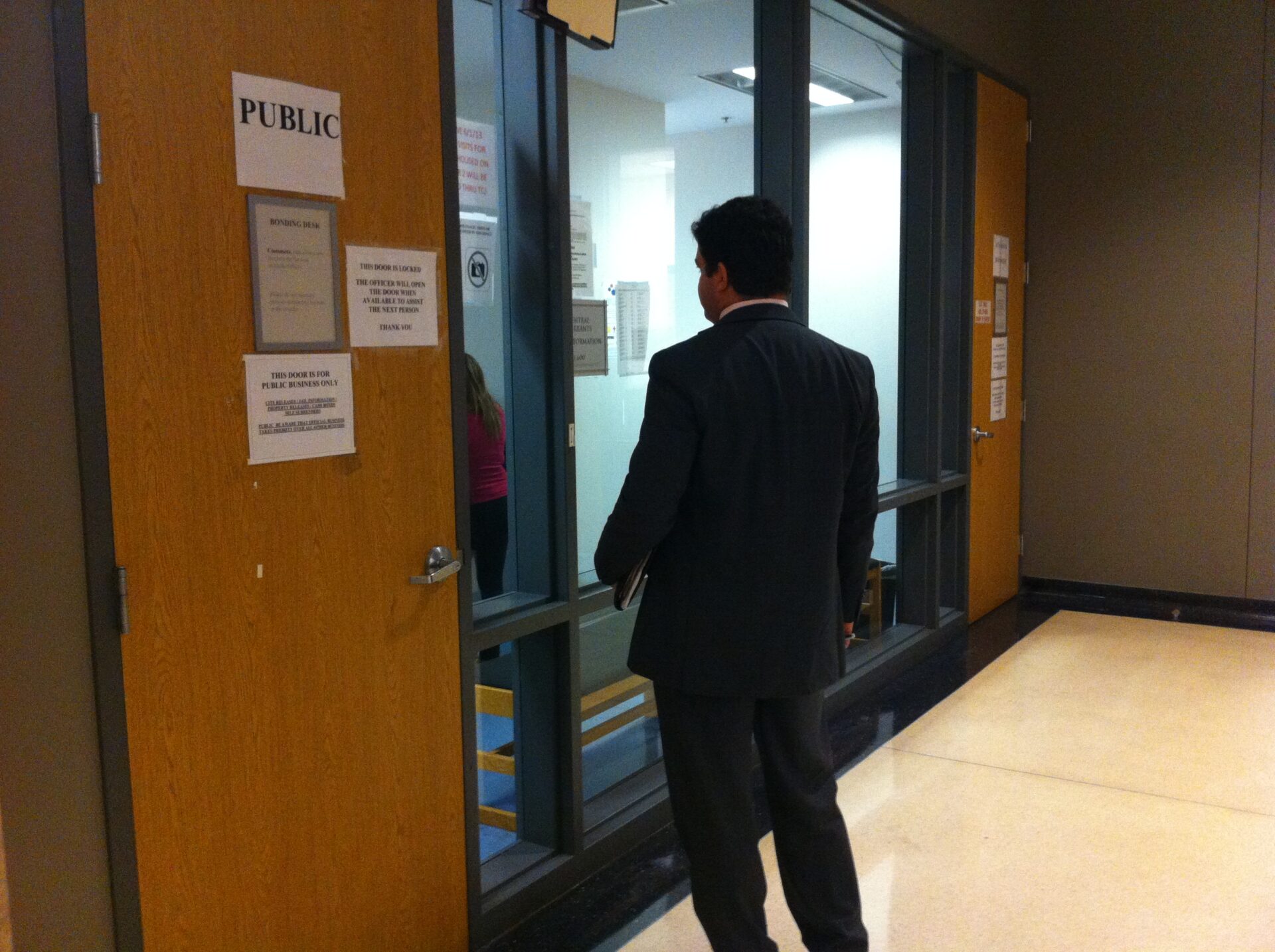
The bonding desk is on the first floor of the criminal courthouse. The deputies behind the doors only allow a couple people in at a time. The doors are locked and you may not enter until a deputy buzzes you in. This is where you should try and be first in line. If you arrived at JP5 early enough and went through all the steps above hopefully you will be one of the first people to be seen at the bonding desk. If you hire an attorney he can jump you to the front of the line.
The bonding desk is where you will be “arrested.” Don’t worry, no one is actually going to put you in handcuffs, but you’re technically in “custody” for a short period of time. The deputies will take your mug shot and fingerprints. They will also take the personal bond Judge Evans signed for you. Each person will spend about 20 to 30 minutes at the bonding desk. There are usually 15 to 20 people going through the same process; you can see how the time can add up and why it’s good to be first in line.
Once the deputies process your paperwork you’re all set. You’ll be given a copy of your personal bond with a new court date. Usually that court date is 15 days from the date you appeared in Judge Evans’ court.
An attorney can speed the whole process up. If you choose to go through the cite and release procedure by yourself at least meet with an attorney to give you the lay of the land. You’ll still probably need to hire an attorney to represent you for your charge anyway. Remember, don’t forget a photo ID and your ticket (Oh, and bring a good book to pass the time). Also, make sure you don’t have any other outstanding warrants that day or the deputies will not release you. Good luck!

